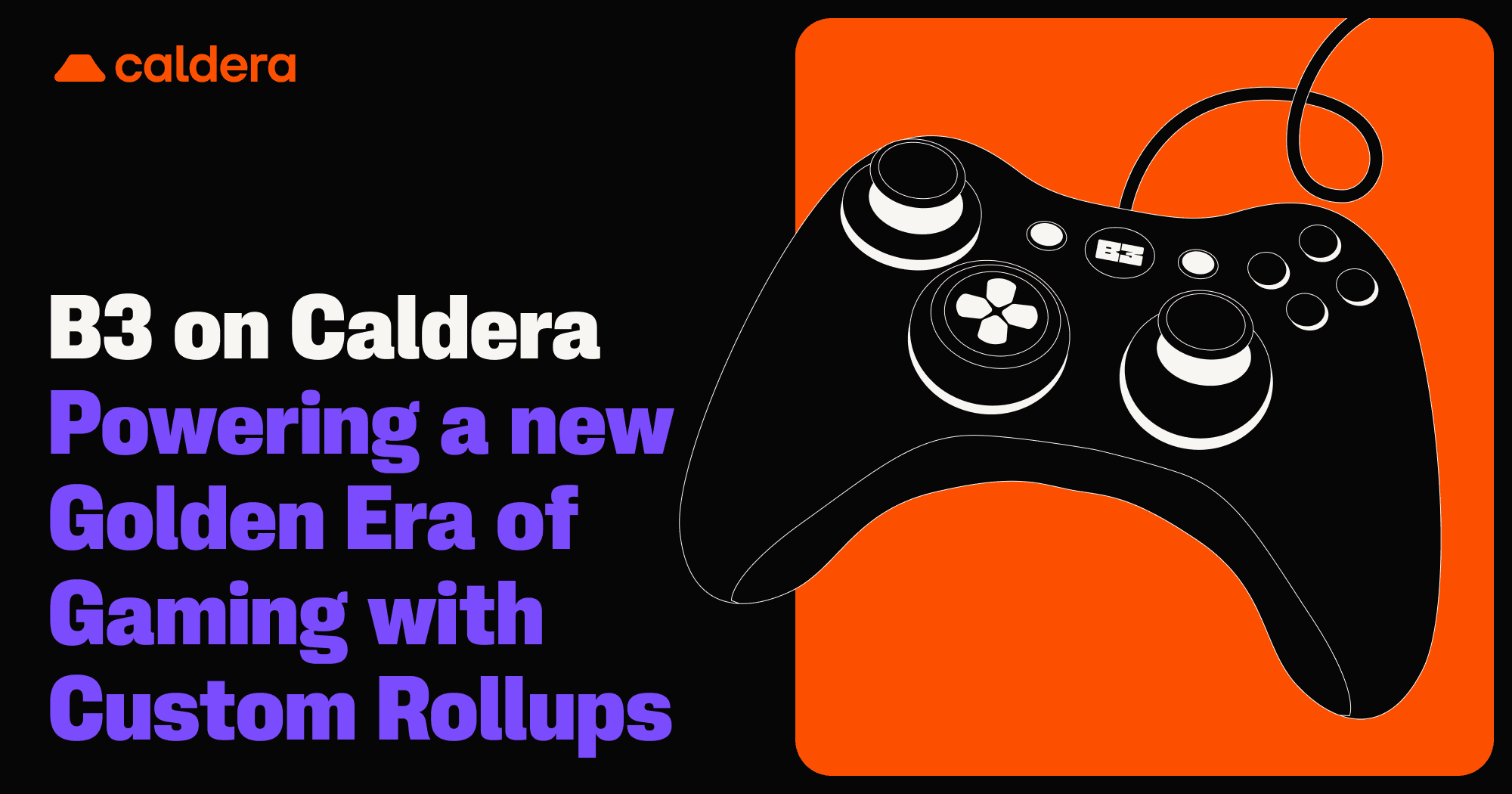Ethereum Needs a Neutral Connectivity Layer
Ethereum Needs a Neutral Connectivity Layer
When the founding Ethereum team was looking for a place to base its operations, it ultimately settled on Switzerland.
In many ways, the Ethereum Foundation’s ethos of decentralization, censorship resistance, and openness is like Switzerland in code. The world needs neutral states like Switzerland that can foster and enable coordination across communities where there is no trust or past history of collaboration. And in the digital world, we need neutral and open technologies that fulfill the same role.
Today, rollups are at a similar crossroads as Ethereum in 2014. Rollups were designed to help scale Ethereum, but in their current form, they are fragmenting the community into isolated rollup clusters with their own unique tech implementations, community values, and governance structures. Some of these clusters are more decentralized and open, while others are less so.
In recent months, multiple rollup frameworks have released their own interoperability roadmaps, which is a welcome development, because each cluster needs a solution that makes it easier for rollups within the cluster to communicate. Even Vitalik recognizes this!
However, the fact remains that different rollup frameworks and their unavoidable incentives carry too much risk of ecosystem fragmentation, and subsequently centralization. Rollup clusters are great for improving interoperability among their member rollups, but they have little incentive to enable unrestricted connectivity beyond their own cluster. It is not the ideal foundation for long-term neutrality.
Something similar played out among banks before the SWIFT network was finally adopted in 1977. In the late 1960s, banks were developing their own private solutions to connect financial institutions within their respective countries. At the time, it was extremely challenging to add new members from other countries to any of these payment systems because of incompatible technology.
Today, the non-profit organization SWIFT connects thousands of banks in more than 200 countries and territories. It worked because it brought banks together under a cooperative framework where incentives were aligned.
SWIFT itself was not designed by a single bank, or even a single country’s banking system. It is in fact a collective of banks from all over the world, designed from the ground up to be adaptable and easy-to-use for all banking systems. There is a lesson there for us.
So what would a truly neutral connectivity layer look like for the Ethereum community? To start, it would enable assets and data to flow freely across all rollup ecosystems, no matter what framework they belong to. No need to go back and forth between Ethereum L1 and the L2s. All rollups would be on a level playing field.
For builders, it would allow infrastructure to be deployed across all rollups at the same time. This would drastically speed up development, enable more competition, and the best infra would be available to all. No more building new software for each chain.
And for users, it would mean being able to enjoy cross-rollup applications, participate in rollup validation across multiple chains, and mint NFTs on any chain in one click. The user experience would be seamless, without any fear of bridge attacks and lost funds. To cross the chasm and bring a billion users (and their funds) onchain, this level of trust and cross-rollup stability is essential.
It’s clear that we need a neutral connectivity layer to unite Ethereum and prevent the continued fragmentation of rollup frameworks. That means an open and collaborative organization where all rollup ecosystems are able to thrive, no matter what tech stack they’re built on. Ethereum’s original vision can’t get sidetracked with rollup power struggles.
We Need to Get Back to Switzerland
Back in 2014, Ethereum’s founding team needed a welcoming, innovative environment that understood that Ethereum was quite different from a traditional technology company. Switzerland was the perfect place — a neutral, business-friendly, and technologically open-minded country that allowed Ethereum to grow without fear of a crackdown.
Switzerland is the oldest neutral country in the world. Without neutral states like Switzerland, we don’t have international mediators that we can depend on. We also don’t have dependable safe havens for financial innovation and wealth management. In the case of Ethereum, when you’re building a decentralized “world computer” that could potentially last for thousands of years, you need to base it in a location that is most likely to be stable in the long term.
Now, we need to get back to those roots and realize the promise of Ethereum at scale. Together, developers building rollups and rollup solutions can focus their efforts on a neutral connectivity layer that brings every ecosystem into the fold, so that Ethereum can reach its full potential.
We need our Switzerland for rollups. That’s why we’re building the Metalayer.
About Caldera
Caldera is one of the fastest-growing rollup ecosystems on Ethereum, empowering web3 teams to launch high-performance, customizable, application-specific rollups. Leading EVM chains like Manta, Apechain, Kinto, Injective, RARI Chain and Zero Network by Zerion use our industry-leading rollups-as-a-service platform and enjoy unified connectivity with rollups across all leading frameworks.
Website | X/Twitter | Docs | Metalayer






